La Interconectividad del Todo.
Le tomó 225 años a los humanos entender la interconectividad del todo.
Desde el nacimiento de Alexander Von Humboldt en 1769
hasta la desaparición de Jacobo Grinberg en 1994…
Para aquellos que no conozcan acerca de la inspiradora vida de Humboldt
recomiendo fuertemente leer el libro de Andrea Wulf:
“La Invención de la Naturaleza.
Las Aventuras de Alexander Von Humboldt.
El Héroe Perdido de la Ciencia”
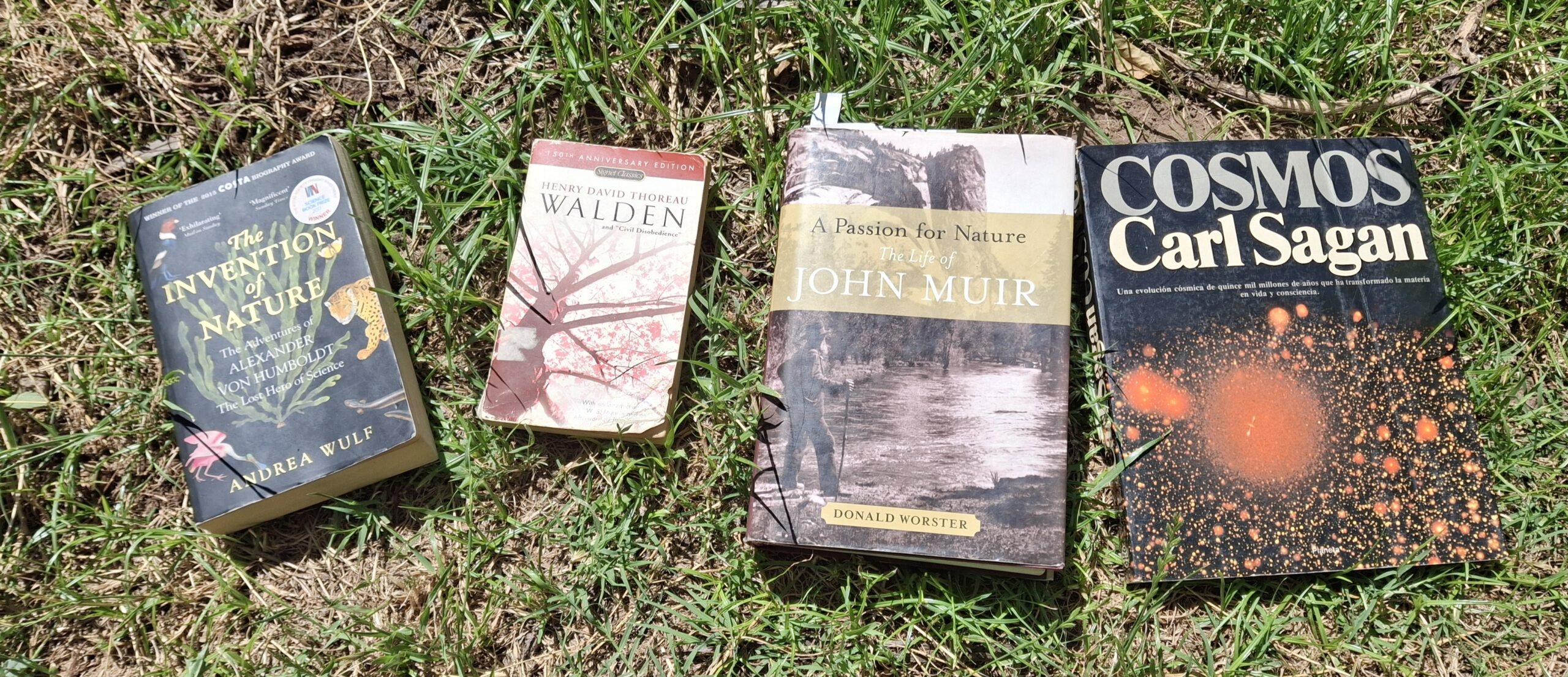
Lo que hoy parece obvio, en algún momento no lo fue.
Hoy, sabemos que la Naturaleza es un Todo interconectado,
pero él fue el primero en sugerirlo…
Parado de frente al Chimborazo, contemplando su altura,
comenzó a atar cabos entre la distribución de las plantas
y las variables climáticas presentes a diferentes alturas.
Comparó esas distribuciones con montañas de todo el mundo
y empezó a tejer su visión del mundo natural.
El tipo las hizo todas, e influenció a generaciones aún por venir.
Todas las especies de la naturaleza estaban conectadas de alguna manera.
Ya estando viejo, dejó como legado para nosotros, su libro de varios volúmenes: “Kosmos”
Quizás por eso Carl Sagan escribió “Cosmos” años después.
Ahora bien, síganme en este viaje en el tiempo.
Humboldt se pasó una buena cantidad de años
escribiendo “Kosmos”,
compilando todo el saber.
Finalmente, ve la luz en 1845.
1845 fue también el año en el que Henry David Thoreau
se construyó una pequeña casita en el bosque que circunda
la laguna de Walden en Estados Unidos.
Estuvo 2 años, 2 meses y 2 días
viviendo en la naturaleza, tomando nota de ella.
Retornó a la sociedad en 1847 y estuvo
7 años hasta publicar su librazo “Walden”
donde transformó su vivir en poesía.
Pero no le fue fácil… Al parecer, estuvo dos años bloqueado
y no fue hasta 1849 que pudo ponerse a escribir su vivencia…
porque fue ese año el año en que empezó a publicarse “Kosmos” en inglés…
Humboldt lo empuja, desde la inspiración, a escribir “Walden”.
Y hubo otra persona muy especial a quien también inspiró.
Su nombre fue Charles Darwin,
quién estuvo 20 años dándole vueltas a sus asuntos,
de 1839 a 1859, hasta publicar su “Origen de las Especies”.
Fue Humboldt, otra vez, quién abrió las puertas de la percepción natural
para que Darwin pudiese desarrollar su teoría de la evolución
de las especies biológicas de nuestro planeta.
“Kosmos” estuvo al lado de sus notas a partir de 1845.
Otro que estuvo un tiempazo escribiendo, fue George Perkins Marsh;
él toma las advertencias que Humboldt señalaba
acerca de la deforestación perpetrada por el hombre
y les encuentra evidencias en el mundo entero.
En 1864 se publica “El Hombre y La Naturaleza”,
un libro que cambió el juego, al hacer llegar
al mundo de la economía y la política,
el mensaje de que no podíamos seguir así…
Iba a llamarse “El Hombre Disturbador de las Armonías de la Naturaleza”…
Pero no lo dejaron…
Humboldt devela que la Naturaleza es Una.
Darwin saca a El Uno de la ecuación.
Y Marsh lo pone a uno como interventor de la naturaleza.
Humboldt era amigo de Goethe, y desde sus primeros días
como escritor de la naturaleza entendió que
el arte era una vía para poder transmitir
lo complejo que suponía entender el mundo natural.
Esa importancia artística es tomada por Ernst Haeckel,
quien, con sus bellísimos dibujos, atrajo al mundo natural a gente de todos los rubros,
desde de músicos y artistas a arquitectos y diseñadores.
¡Tan sólo googleen los dibujos que hacía de medusas y radiolarios!
Cuando Marsch publica su libro en 1864,
Haeckel pierde a Anne, su esposa, de apendicitis
cayendo en una depresión qué lo hizo volcarse al estudio
y a la búsqueda de evidencias que respalden la teoría de Darwin.
Y lo logra, publicando “Morfología General de los Organismos”
dos años después, en 1866…
Fue Haeckel uno de los pioneros en acuñar el término “Ecología”
& fue Haeckel quién sacó el foco del mundo científico
y lo corrió hacia otras profesiones hacia la entrada de un nuevo siglo
cuando publica “Formas Artísticas en la Naturaleza” en 1900.
Un año antes de que Darwin comience con su libro, en 1838,
nace John Muir, otro apasionado por la naturaleza.
Si Marsh escribió ese único y gran libro
donde se exponía que no podíamos seguir produciendo y gobernando así,
pues Muir a lo largo de su vida publicó una docena de libros,
al igual que escribió unos 300 artículos para el ciudadano de a pie,
para la gente en general, para que puedan
enamorarse y maravillarse con la naturaleza.
& ¡Muir se los leyó antes a todos!
& fue gracias a él, que toda esta data le llegó a las masas,
haciendo público que el medio ambiente estaba siendo irreversiblemente transformado…
& fue John Muir quién logró disuadir con charlas profundas a los burócratas adecuados
para lograr la creación de los primeros parques nacionales a los fines de intentar
revertir lo que a comienzos del siglo pasado parecía irreversible.
Y, ¿cómo estamos ahora?
Para cuando Humboldt murió, en 1859, los primeros telégrafos
que unían a Europa con el nuevo mundo recién se comenzaban a usar…
¡Cómo cambiaron las comunicaciones desde entonces!
Humboldt escribía cartas a sus amigos.
No lo veo escribiéndole a Aimé Bonpland por WhatsApp.
El punto es que durante esos tiempos
supimos entender a la naturaleza y nuestro lugar en ella;
pero ganó su explotación y transformación
en productos de consumo para una sola especie,
en vez de cuidarla como parte de nosotros
Nada cambió, todo empeoró.
Se silenció a los grandes.
Se estupidizó a la población para que vivamos en un trance.
¿Cómo lo lograron?
Con este interrogante llegamos al final de este raconto.
Si Humboldt fue el primero en sugerir
(desde y para la Ciencia) que la Naturaleza era un todo interconectado
y que todas las especies estaban interrelacionadas entre sí…
entonces fue Jacobo Grinberg uno de los primeros en decir
(desde y para la Ciencia) que los seres humanos estábamos todos relacionados
e unidos entre sí por una especie de campo energético cerebral.
Jacobo Grinberg desapareció (o fue desaparecido) en 1994.
No se supo nada más de él.
Justo cuando parecía que todos íbamos a tener los poderes
del profesor Charles Xavier de X-Men, el tipo Grinberg desaparece.
Pero no termina ahí.
Lo último que puedo recordarles es que en el año 2017,
la CIA desclasificó una tonelada de documentos clasificados.
De esos documentos, rescato dos:
Uno, el Proyecto “Gateway”, de 1983, dónde ya se daba a entender que el gobierno estaba al tanto de la importancia de la geometría toroidal para el entendimiento del universo, escrito por Wayne M. McDonnell.
Y otro me intrigó aún más por su fecha y autoría llamado “La Teoría Sintérgica”, escrito (desde y para la CIA) por Jacobo Grinberg en 2001.
Así que nada.
Por mí, compartan esto con quien más quieran…
Somos uno
Cosmos. Planeta Tierra.
Y todos los seres vivientes que vivimos en ella
Con amor terráqueo,
Brian Longstaff Howard.-
www.patreon.com/ploffawareness
www.soundcloud.com/brianlongstaffhoward
Especial Agradecimiento a mis patrocinadores actuales:
Andrés Hillion & Luli Tesselhoff, Marcos Edwards & Ann Edmunds, Santiago Eduardo Smith & Sofía Polidano, Mariana Pagella, John Kleuser, Laura Pagani, Agustín Estala & Mariana Cap, María José Howard, María Eugenia Varela, Eduardo Wydler, León Zaldivar Jarabo & Adam Broadbent.
Como así también agradecer a los que acompañaron en los inicios:
Lucila & Matías Masera, Gustavo Nervegna, Sabrina Tellini, Pilar Pagés, Carlos Ezequiel Benvenuto Manarin, Lihuel Peinetti, Santiago Minvielle y Alison & Alexander Longstaff.
Sin estos nombres, mi misión de vida se hubiese diluido en el tiempo.
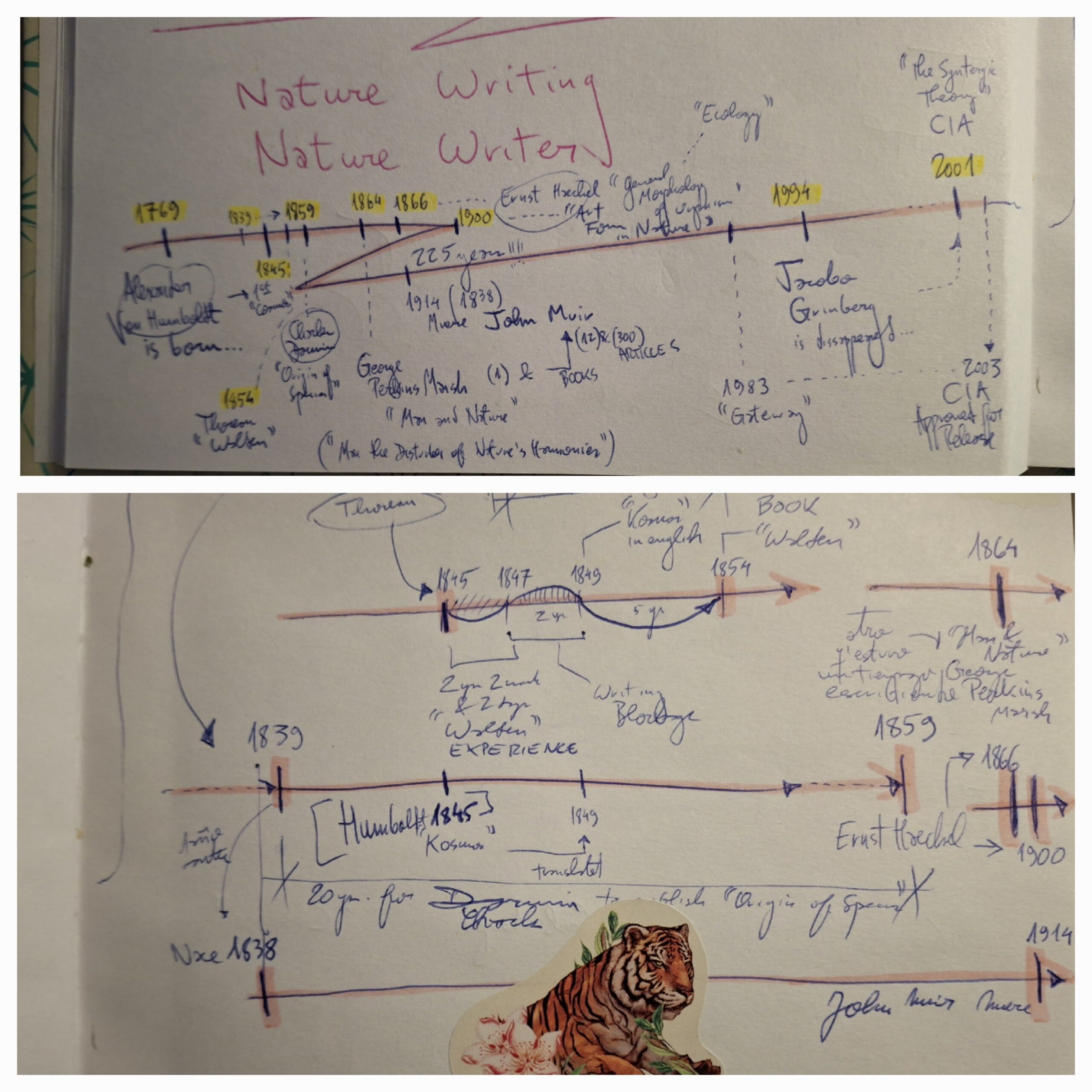
“The interconnectivity of it all”.
It took 225 years for humans to understand the interconnectivity of it all.
From Alexander Von Humboldt’s birth in 1769
to Jacobo Grinberg’s disappearing in 1994…
For those who do not know about Humboldt’s inspiring life,
I recommend to read Andrea Wulf’s book:
“The Invention of Nature.
The adventures Alexander Von Humboldt.
The Lost Hero of science.”
What today seems obvious, was not so in those days.
Today we know that Nature is an interconnected whole
but he was the first in suggesting it…
Standing in front of the Chimborazo, contemplating its height,
he started joining the dots between the distribution of plants
and the climatic variables present in different altitudes.
He compared those distributions with mountains from around the world
and began to weave his vision of the natural world.
The guy did everything, and influenced generations yet to come.
All species of nature were connected somehow.
Already being old, he left as legacy for us, his book of several volumes, “Kosmos”…
Maybe that’s why Carl Sagan wrote “Cosmos” years afterwards.
Well, now, follow me in this time travel.
Humboldt spent a good share of years writing “Kosmos”,
compiling all the wisdom.
It finally sees the light in 1845.
1845 was also the year in which Henry David Thoreau built for himself
a small cabin in the woods that surround Walden Pond in the United States.
He spent 2 years, 2 months and 2 days living in nature, taking down notes about her.
He returned to society in 1847 & 7 years had to pass until publishing
his great book “Walden”,
where he transformed his living in poetry.
But it was not easy for him…
It seems that he was blocked for two years.
And it was not until 1849 that he could sit and write his experience…
because it was that year the year in which “Kosmos” began to be published in English…
Humboldt pushes him, from thy inspiration, to write “Walden”.
& there was another very special person who he also inspired.
His name was Charles Darwin, who spent 20 years encircling his matters,
from 1839 to 1859, until he published his “Origin of Species”.
It was Humboldt again who opened the doors of natural perception
for Darwin to be able to develop his Theory of Evolution
of the biological species of our planet.
“Kosmos” was right next to his notes since 1845.
Another one who spent a good time writing was George Perkins Marsh;
he took the warnings that Humboldt pointed out about deforestation
perpetrated by man, and found evidences about them all over the world.
In 1864, “Man & Nature” was published, a book that was a game changer,
by making the message arrive to the world of economics and politics
that we could not continue like this...
It was going to be called “Man the Disturber of Nature’s Harmonies”,
but he was not allowed to do so.
Humboldt reveals that Nature is One…
Darwin takes out The One from the equation.
& Marsh puts one as a modifier of Nature.
Humboldt was a friend of Goethe,
and since his first days as nature writer
he understood that Art was a way to convey
the complexity entailed in understanding the natural world.
That artistic importance is taken by Ernst Haeckel, who, with he’s beautiful drawings,
draws people from different walks of life near the natural world,
from musicians and artists to architects and designers.
Just google the drawings he made of jellyfish and radiolarians!
When Marsh publishes his book in 1864,
Haeckel loses his wife, Anne, to appendicitis…
falling into a depression that made him throw himself into his studies
and the search for evidences to back up Darwin’s Theory.
And he achieves it, publishing “General Morphology of Organisms”
two years later,
in 1866…
It was Haeckel one of the pioneers in coining the term “Ecology”.
& it was Haeckel who removed the focus from the scientific world
and moved it towards other professions in the entry of a new century
when he publishes “Art Forms in Nature” in 1900.
A year before Darwin began with his book, in 1838, John Muir is born,
another passionate about nature.
If Marsh wrote that unique and great book
where he exposed that we could not keep on producing and governing this way,
then Muir all along his life published a dozen books,
as well as wrote around 300 articles
for the common citizen, for people in general,
for them to be able to fall in love and awe with Nature.
& before doing so, Muir read them all!
& it was thanks to him, that all this data got to the masses,
making public that the environment was being irreversibly transformed.
& it was John Muir who managed to dissuade the right bureaucrats with deep talks to achieve the creation of the first national parks with the purpose off trying to revert what already seemed irreversible at the beginning of the last century.
And how are we doing nowadays?
When Humboldt died in 1859, the first telegraphs that united Europe
with the new world were just beginning to be used.
How much did communications change since then!
Humboldt wrote letters to his friends.
I cannot imagine him writing to Aimé Bonpland through WhatsApp.
The point is that during those times
we knew how to understand nature and our place within her;
but what won was her exploitation and transformation in consumption products
for only one species, instead of taking care of her as a part of ourselves.
Nothing changed, everything got worse.
The Great were silenced.
The population was stupidized so that we live in a trance.
How did they achieve it?
With this conundrum we arrive to the end of this story.
If Humboldt was the first to suggest
(from and for Science) that nature was 1-All-interconnected thing
and that all the species were interrelated among one another…
then it was Jacobo Grinberg one of the first in suggesting
(from and for Science) that the human beings were all related
and united with each other buy a kind of cerebral energy field.
Jacobo Grinberg disappeared (or was disappeared) in 1994.
Nothing more was known about him.
Just when it seemed that we were all going to have the powers
of professor Charles Xavier from the X-Men, the guy Grinberg disappears.
But it does not end there.
The last thing I can remind you about is that in the year 2017, the CIA declassified tons of documents.
From those documents, I highlight two:
One, is Project “Gateway”, from 1983, where one can see that the government already knew about the importance of toroidal geometries for the understanding of the universe, written by Wayne M. McDonnell.
& another one, which intrigued me much more due to its date and authorship, called “The Syntergic Theory”, written (from and for the CIA) by Jacobo Grinberg in 2001.
So, that’s it…
If you ask me, please do share this with those you love the most.
We Are One.
Cosmos. Planet Earth.
And all the living beings that live in her.
With earthly love,
Brian Longstaff Howard.-

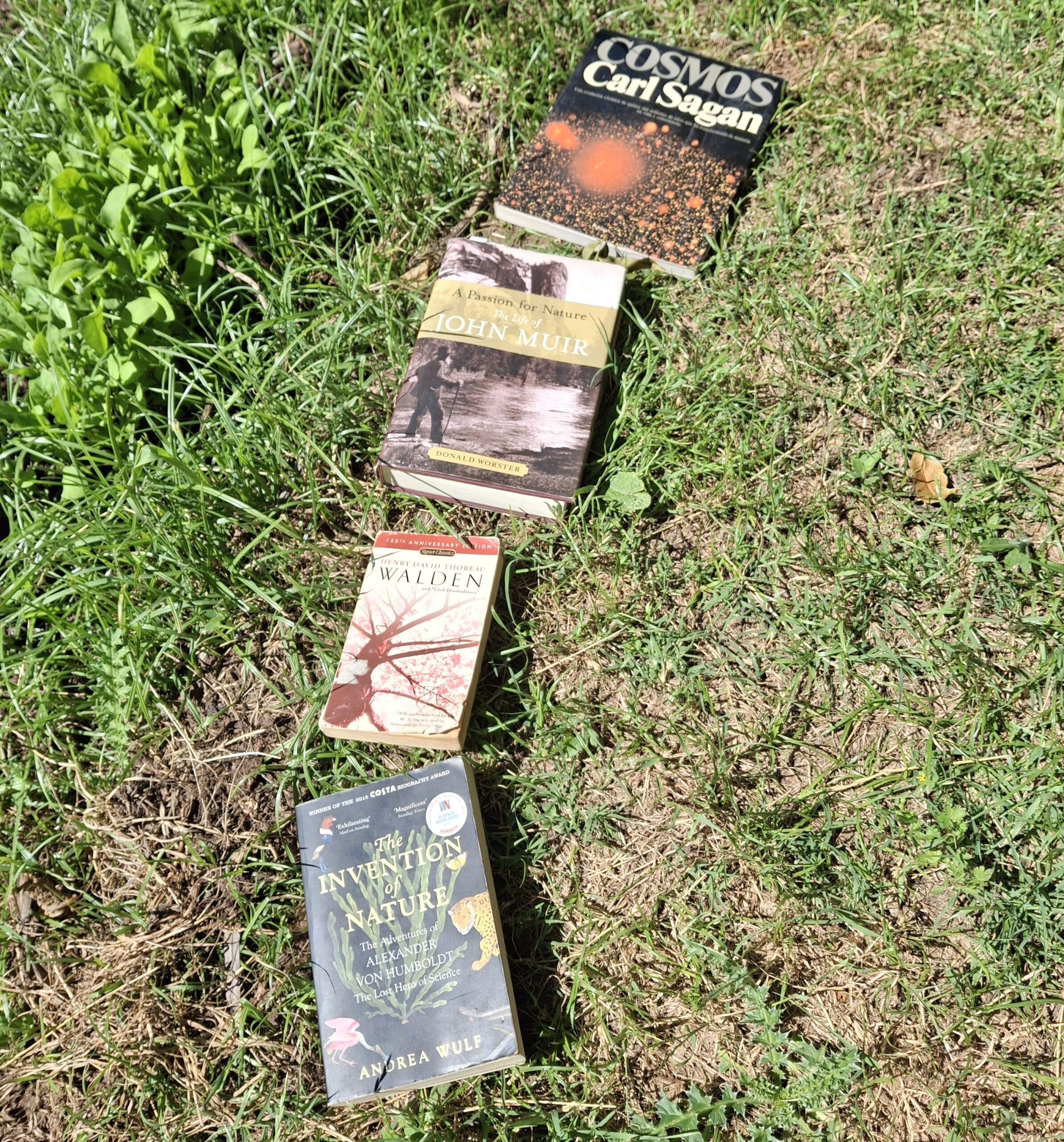
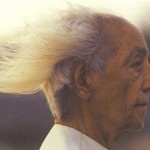
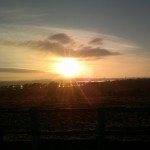

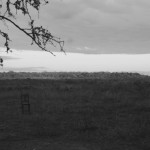
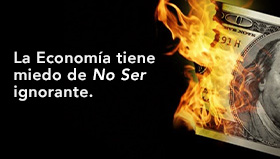

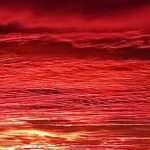


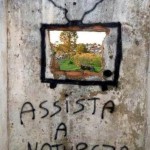

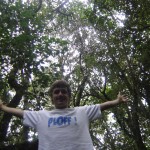

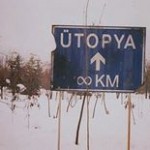
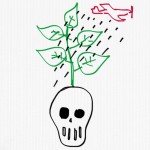
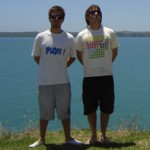

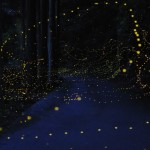

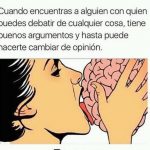
Leave a Comment